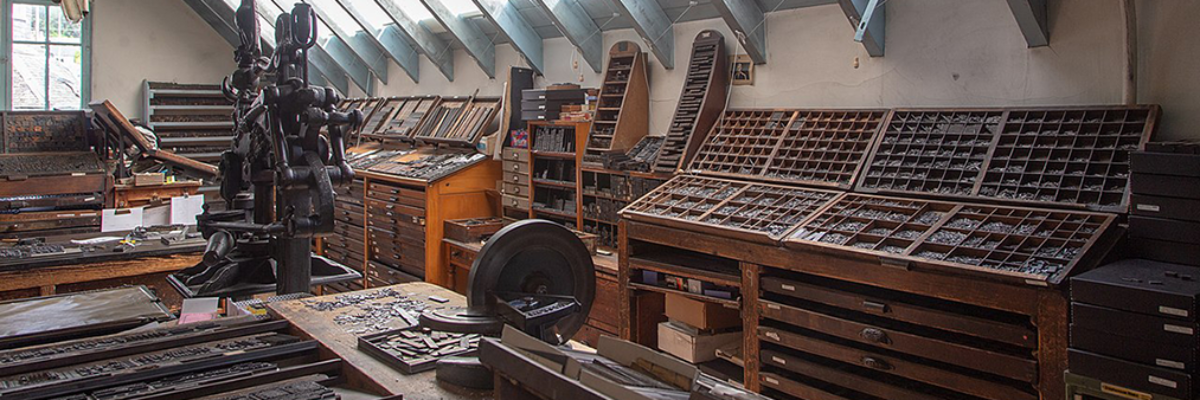 Preparing and Printing Your Book
Preparing and Printing Your Book
Book printing and publishing is the process of producing, marketing, and distributing books to readers. It can be a complex process that involves a variety of different professionals, including publishers, printers, and authors. To ensure a quality final product, it’s important to know the different types of printing available for book production.
Digital printing is the most modern type of printing for books and is most commonly used for short-run and on-demand book printing. It uses digital files such as PDFs to create high-quality output with a short lead time. Digital printing is particularly useful for authors who want to self-publish a small print run of their book.
Zip Print can digitally print your books (Click Here)
Offset printing is a traditional printing method that can be used for large runs of books. Although the quality of printing does not match digital printing, it offers great cost savings for large projects.
Designing the book
Books hold a special place in our hearts. Not only do they contain stories and information, they are also works of art. For authors and publishers, the design of a book is an important part of the publishing process. From cover design to formatting, there are several considerations to keep in mind when designing a book.
When creating the cover of a book, designers must consider how the book will look on the shelf. Will the cover be eye-catching? Is the title easy to read? Is the font style appropriate for the genre? The cover should also have an impact on readers, enticing them to pick up and read the book.
Pre-Press and Proofing
Book printing and publishing is a complex process that requires a great deal of care and attention to detail. One of the key elements of this process is pre-press and proofing. Pre-press and proofing are the steps taken to ensure that the book will be ready for printing and publication.
Pre-press is the process of preparing the book for printing, including ensuring that all of the text, images, and layout are correct and ready to go. This involves checking and refining the typography, formatting the text, adjusting images to the correct size, and other tasks to make sure that the book is ready for the press.
Proofing is the process of reviewing and verifying the book before it is printed. This includes checking the book for typos, punctuation errors and correctness of overall appearance.
Choosing A Printer
When it comes to publishing your book, choosing the right printer is key. Some authors will sign on with a publisher and that publisher will most likely make arrangements for printing. But most author’s will need to make their own arrangements for printing. A good printer offers competitive prices, high-quality printing, and reliable service. With so many printers available, however, it can be hard to know which one is right for your project.
Here are a few tips to help you find the perfect printer for your book printing and publishing needs:
1. Do your research: Take some time to do an online search of different printers. Read up on customer reviews and see what services they offer. It’s important to compare prices and turnaround times so that you can make an informed decision.
2. Look for industry experience: It’s important to make sure the printer you choose has a strong background in book printing, binding, and fulfillment.
When you’re ready, use this Zip Print form to calculate your book print cost when you print with with Zip Print–>Great Pricing.
